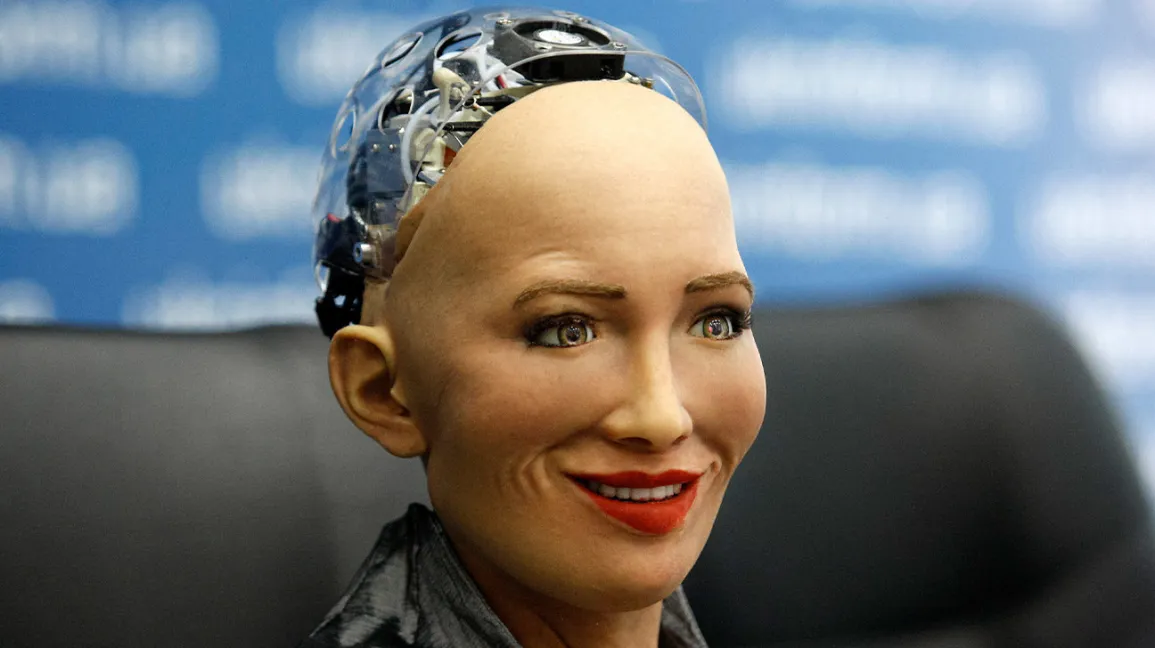Al fiction is a constantly evolving genre that gives us a peek into the potential umides and downsides of intelligent machines whether it is books written by humans with robots and Al as central characters or stories composed entirely by machine learning algorithms. Al fiction never fails to captivate readers and stimulate discussions about what is in store for technology in the future. Artificial intelligence hum long barn a popular topic in soner fiction from haar
Asimov’s humuncul mots in Robot to the sostient machines of the Matrix Al has beos & costant so of Jascination and spratation As Al trdonology p mie in fiction has been increasingly muted with author examining the potential upsides and dowmides of intelligent madunes.
One recent devettipment in Al fiction is the merger of novels written retimly by artial de The first Al generated novel 1 the Road caine at in 2018 hased on data gathered by namically exhand ca on a road trip from New York to New Orleans it was moted by an operimental 2016 sort story co-written by Al and sapanese researchers troulated as The Day a Computer Visite a Novel which nearly won a literary prize. In the same year, Sunspring, an Al-authored screenplay, was placed in the top 10 at a London sci-fi film festival. In the first year of the pandemic, we got Pharmako-Al, a genre-bender philosophical book co-written by an Al and K. Allado-McDowell, founder of Google’s Artists and a machine intelligence programme, GPT-3. These experimental works of fiction represent an intriguing new avenue for Al fiction. With machine learning algorithms capable of generating coherent narratives and dialogue, it is possible that we may soon see a flood of novels, stories, and even movies written entirely by Al.
Science fiction (sci-fi) & Al
For generations, sci-fi has foreseen the pervasive influence of Al in our daily life. Its representation in mainstream media has played a pivotal role in shaping public opinions towards this technological advancement Films such as The Terminator and Ex Machina have helped to shape the cultural narrative around Al, with many people viewing intelligent machines as potential threats to human safety and autonomy. At the same time, this type of speculative fiction has also explored the more positive aspects of Al, from the helpful robots of Wall-E to the benevolent supercomputers of 2001: A Space Odyssey. As Al technology continues to evolve, it’s likely that all the good, bad, and ugly visions of intelligent machines will continue to be explored in fiction.
Picture Credit : Google





